Last updated on
Discover effective solutions to regain your privacy at home, as we explore various strategies in creating personal spaces and setting boundaries within shared living environments.
Welcome to my blog, where we’ll be discussing a common problem that many of us face – the lack of privacy at home. Whether you live in an apartment building with thin walls or have nosy neighbors, it can be frustrating to feel like you don’t have any personal space.
But fear not! In this article, I’ll be sharing some effective solutions that will help you regain your privacy and create a peaceful haven in your own home. So let’s dive in and discover how to make your living space more private!
Key takeaways:
- Establish clear boundaries and communicate your need for privacy.
- Create private spaces and personal corners within shared areas.
- Use physical barriers like curtains or screens to create separation.
- Install privacy screens and room dividers for added privacy.
- Utilize soundproofing techniques and noise-canceling headphones.
Understanding Privacy Concerns

Before we dive into the solutions, it’s important to understand why privacy is such a crucial aspect of our lives. Privacy concerns can arise from various factors, including cultural differences and personal preferences.
For instance, some people may feel uncomfortable with others seeing them in their pajamas or hearing them sing in the shower. Others may have sensitive information that they don’t want to share with anyone else.
Moreover, lack of privacy can lead to stress and anxiety which could affect your mental health negatively over time. It’s essential for everyone living together under one roof to respect each other’s boundaries and create an environment where everyone feels comfortable.
Understanding these concerns will help you communicate your needs effectively while also respecting those around you who might have different comfort levels when it comes to sharing space at home.
Establishing Boundaries
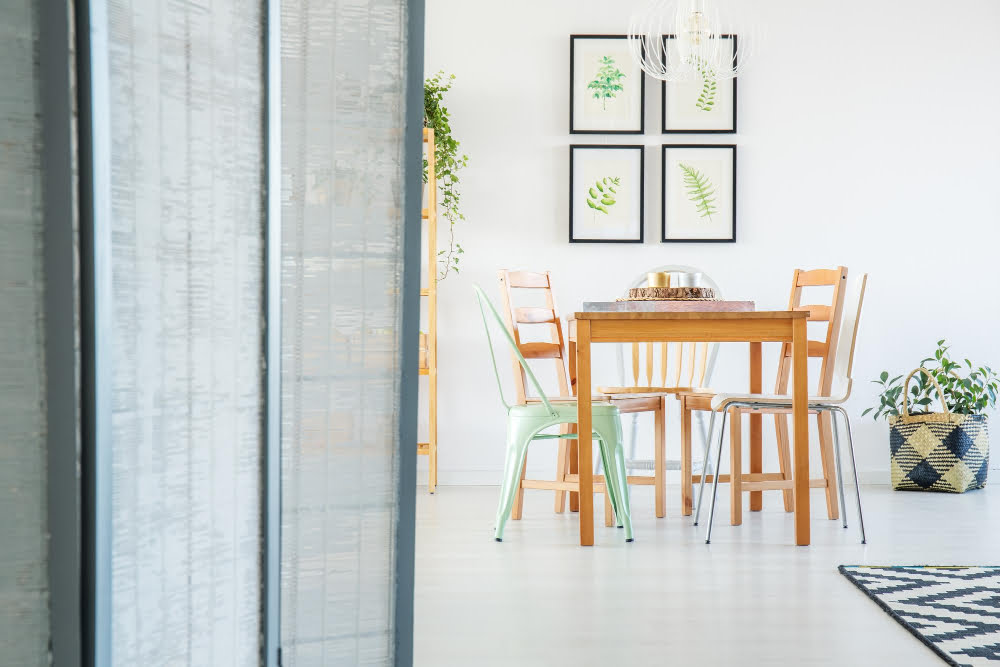
This can be done in a variety of ways, depending on your living situation and personal preferences. For example, if you live with roommates or family members, it’s important to communicate your need for privacy and establish clear rules around shared spaces.
This might mean setting aside certain times when common areas are off-limits or designating specific areas as private zones. You could also consider using physical barriers like curtains or screens to create separation between different parts of the house.
If you’re living alone but still feel like you don’t have enough personal space, try setting boundaries around technology use. Designate certain times when you’ll turn off your phone or computer and focus on activities that help you relax and unwind.
Ultimately, establishing boundaries is all about communicating what makes you feel comfortable in your own home.
Creating Privacy Rules

This can be especially helpful if you live with roommates or family members who may not understand your need for personal space.
Start by having an open and honest conversation about what makes you feel uncomfortable or invaded in terms of personal space. Discuss how often each person needs alone time, quiet hours, guest policies, and other factors that contribute to a peaceful living environment.
Once everyone has agreed on the rules, make sure they are clearly communicated and posted in common areas as a reminder. It’s also important to hold each other accountable for following these guidelines so that everyone feels respected and comfortable within their own living spaces.
Designing Private Spaces
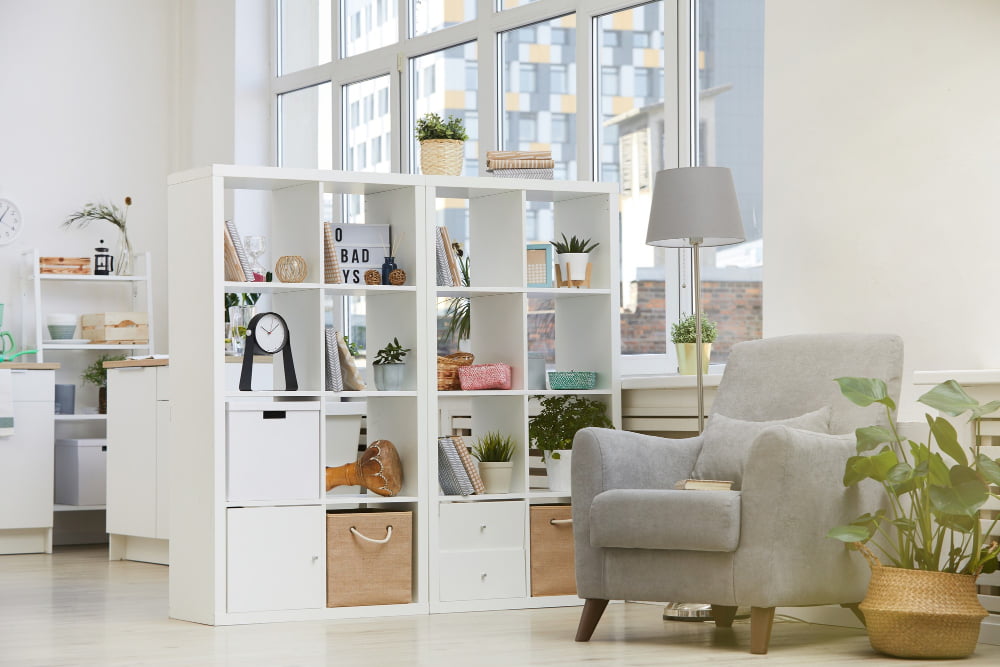
This can be done through various techniques, such as using room dividers or creating personal corners in shared areas. When designing a private space, it’s important to consider factors like lighting, furniture placement and color schemes.
For instance, you could use curtains or screens to section off an area for yourself within a larger room. You could also invest in bookshelves or other storage units that double as partitions between different living areas.
Another option is to create cozy nooks with comfortable seating and soft lighting where you can retreat when you need some alone time. These spaces don’t have to be large – even just a small corner with a comfortable chair and some plants can make all the difference.
When choosing colors for your private space, opt for calming hues like blues and greens that promote relaxation rather than bright colors that may stimulate energy levels instead.
Using Privacy Screens
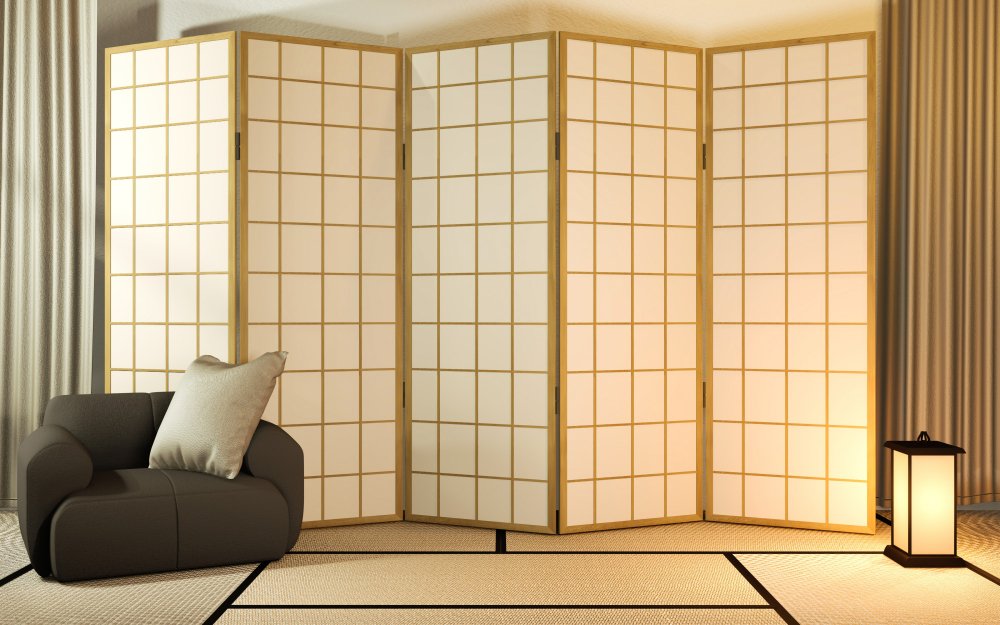
These can be found in various sizes and styles, from simple folding screens to more elaborate designs that add an aesthetic touch to your home decor.
Privacy screens are versatile and can be used in different areas of your home, such as the bedroom or living room. They’re also easy to move around if you need them for a specific purpose or event.
When choosing a privacy screen, consider its height and width so that it covers enough area for your needs. You may also want one with adjustable panels so you can customize it according to the size of the space you want to cover.
Privacy screens come in different materials like wood, metal or fabric which means they offer varying levels of opacity depending on what suits your preference best. Some even have built-in shelves where you could store books or other items while still maintaining some level of separation between spaces.
Room Dividers for Added Privacy
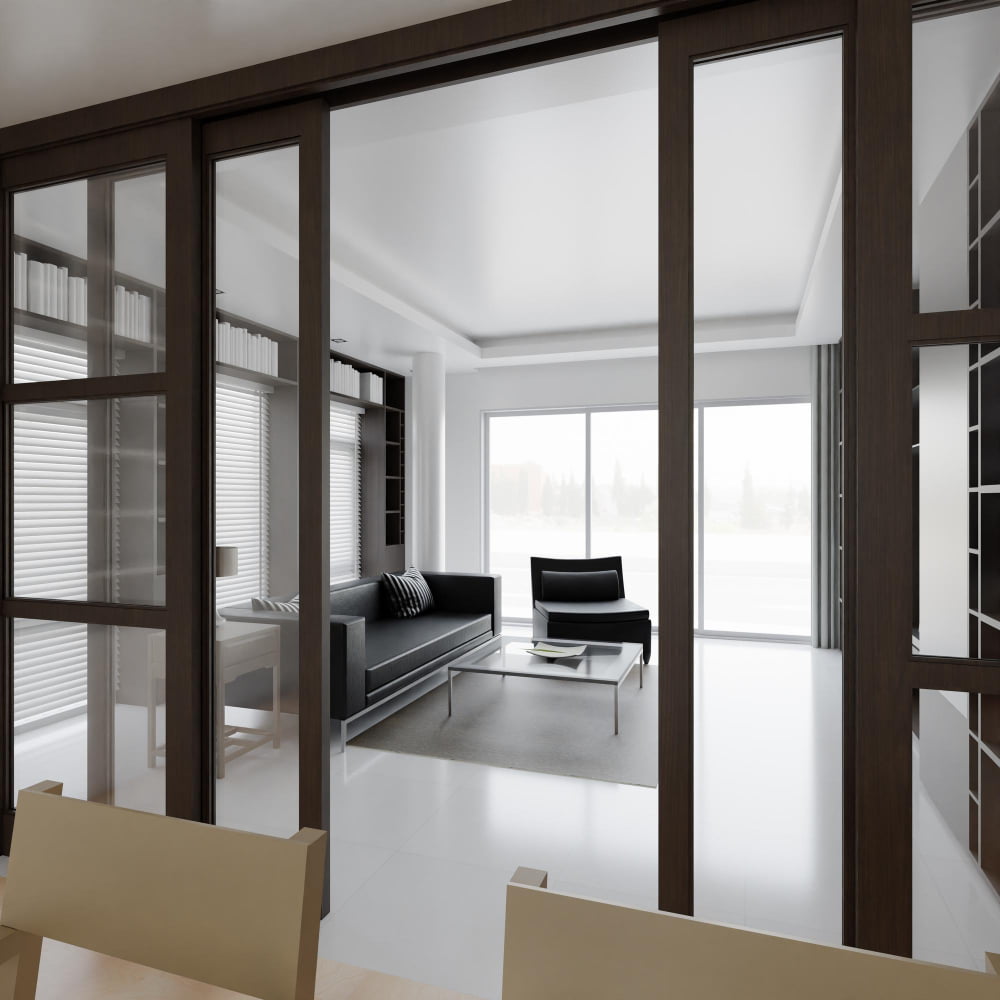
These versatile pieces of furniture can be used to separate different areas of a room or even create entirely new rooms within your home.
There are many different types of room dividers available, from simple screens that fold up when not in use to more permanent options like bookshelves or curtains. Some popular materials include wood, metal, fabric and glass.
When choosing a divider for added privacy it’s important to consider the size and layout of your space as well as the level of privacy you need. For example, if you want complete separation between two areas then solid walls may be necessary whereas if you just want some visual separation then something like sheer curtains could work well.
Overall using room dividers is an effective way to add extra privacy without having to make any major changes or renovations in your home.
Creating Personal Corners in Shared Spaces

However, creating personal corners within shared spaces is an excellent way to carve out some privacy for yourself. Whether it’s a cozy reading nook or a small workspace, having your little corner can make all the difference.
To create your private corner in shared spaces like living rooms and bedrooms, start by choosing an area that feels comfortable and secluded enough for you. You could use bookshelves as dividers or even hang curtains around the designated area to create more privacy.
Once you’ve found the perfect spot, add some personal touches such as cushions and throws to make it feel homely. A small table lamp will also help set the mood while providing adequate lighting if needed.
Soundproofing Techniques

Sound travels easily through walls, floors, and ceilings, making it difficult to have a quiet space when you need it. Fortunately, there are several techniques you can use to reduce noise levels and create a more peaceful environment.
Firstly, consider adding acoustic panels or foam tiles on the walls or ceiling of your room. These materials absorb sound waves and prevent them from bouncing around the room.
Another option is installing weatherstripping around doors and windows to block out external noise sources like traffic or construction work outside.
You can also invest in heavy curtains that will help dampen sounds coming from both inside and outside your home while providing an added layer of privacy.
If all else fails investing in white noise machines could be helpful as they produce soothing sounds that mask unwanted noises effectively creating a quieter atmosphere for relaxation.
Implementing Locks and Safes
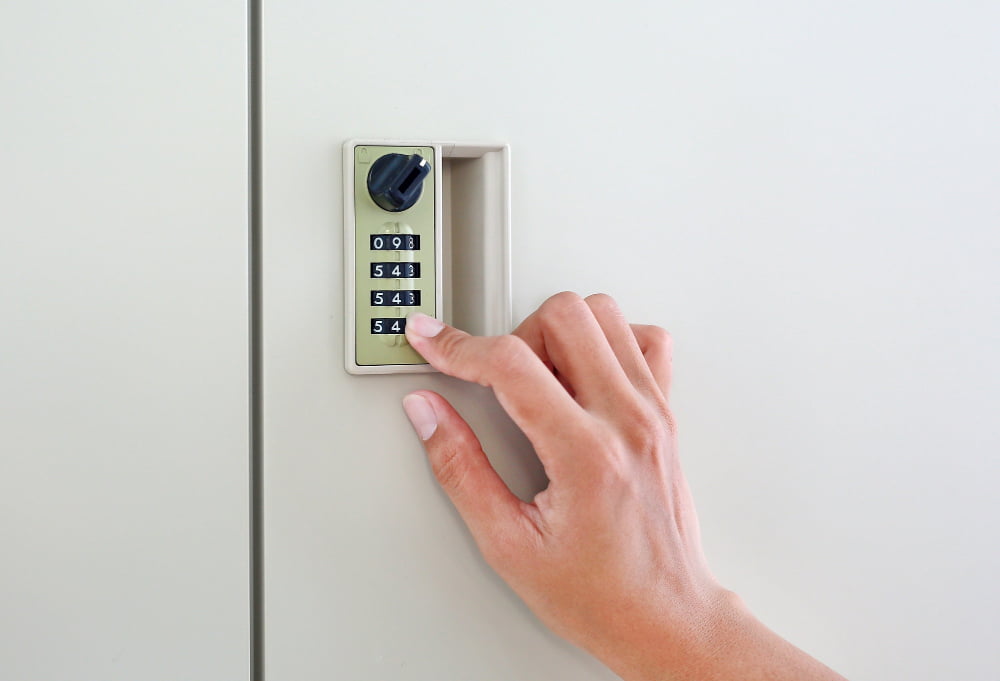
This strategy works best for those who live alone or with trusted housemates, as it allows you to control access to your personal space.
For instance, if you have a home office where you keep sensitive documents or expensive equipment, consider investing in a sturdy safe that can be locked securely. You can also install locks on bedroom doors or bathroom doors for added privacy.
When choosing locks and safes, make sure they are high-quality and durable enough to withstand any attempts at forced entry. It’s also important to keep spare keys hidden away from prying eyes – never leave them out in plain sight!
While implementing locks may seem like an extreme measure, it’s important to remember that your safety and privacy should always come first.
Installing Security Measures
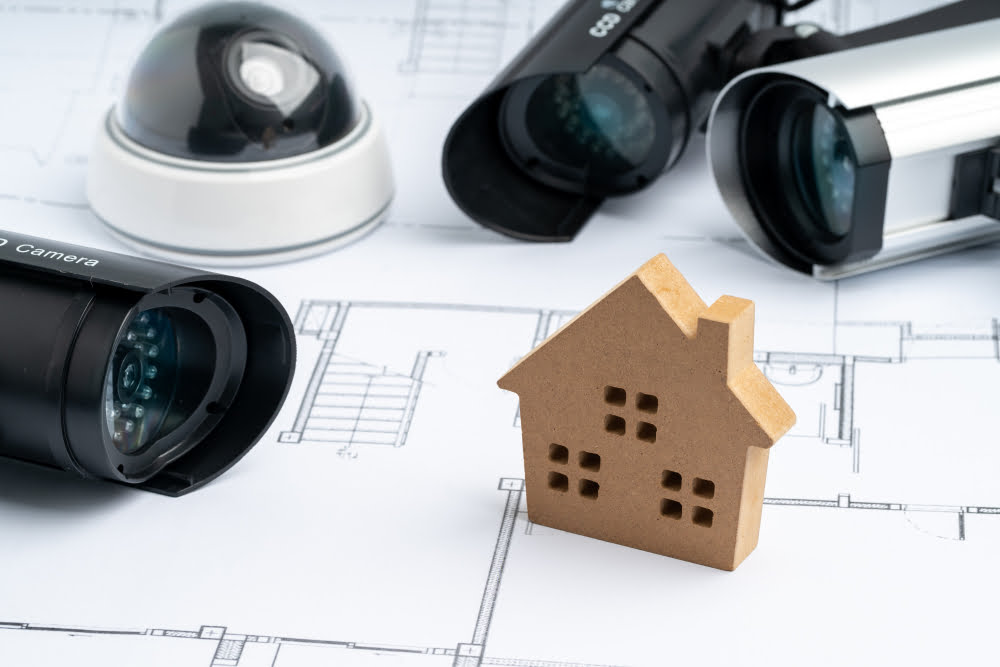
There are a variety of options available, from simple door locks to more advanced systems that include cameras and alarms.
One effective way to increase security is by installing deadbolts on all exterior doors. This will make it much harder for someone to break in without the proper key or code.
Another option is a smart home security system that allows you to monitor activity around your property remotely using an app on your phone or tablet. These systems often come with motion sensors and video cameras that can alert you if there’s any unusual activity outside or inside the house.
It’s important not only to install these measures but also ensure they are used correctly by everyone living in the house – this includes locking doors when leaving and arming alarm systems before going out.
Talking to Housemates

If you’re feeling uncomfortable with the lack of privacy at home, it’s important to communicate your concerns and needs with those you live with. Start by scheduling a time when everyone can sit down together and discuss the issue openly.
During this conversation, be sure to express how important having personal space is for you and why it matters. Listen carefully as others share their thoughts on the matter too – they may have ideas or suggestions that could help resolve any issues.
It’s also crucial to establish boundaries during this discussion. For example, if someone has a habit of walking into your room without knocking first, let them know that it makes you feel uncomfortable and ask them politely not to do so anymore.
Communicating Your Privacy Needs

Whether it’s a roommate, family member, or neighbor, letting them know what makes you uncomfortable and setting boundaries can go a long way in creating a more private living space.
It may feel awkward or uncomfortable to bring up these topics with others but remember that everyone has different comfort levels when it comes to privacy. Start by having an open conversation about what each person needs and expects from their living environment.
This will help establish mutual respect for each other’s personal space.
If there are specific areas of the house that you want to keep private, such as your bedroom or bathroom, make sure they understand this and agree not to enter without permission. If noise is an issue for you when trying to relax or work from home, let them know so they can be mindful of their volume levels.
Remember that communication goes both ways – be willing to listen and compromise on certain things if necessary.
Roommate Agreements

One effective solution is creating a roommate agreement that outlines each person’s expectations for privacy and personal space. This agreement should include rules about noise levels, guests, shared spaces, and quiet hours.
When drafting the roommate agreement, make sure everyone has input so that everyone feels heard and respected. It’s important to establish clear boundaries from the beginning of your living arrangement so that there are no misunderstandings or conflicts down the line.
Some key points you may want to consider including in your roommate agreement are:.
- Quiet hours: Establishing specific times when noise should be kept at a minimum.
- Guest policy: Setting limits on how often guests can visit or stay over.
- Shared spaces: Outlining which areas of the home are considered private versus shared.
- Cleaning responsibilities: Determining who is responsible for cleaning common areas such as bathrooms and kitchens.
Scheduling Quiet Hours

This strategy works best when you live with roommates or family members who have different schedules and lifestyles than yours. By setting specific times for quiet activities, such as reading, studying, or relaxing without any noise distractions from others around you.
To implement this strategy successfully, it’s essential to communicate your needs clearly and respectfully with your housemates. You can start by discussing everyone’s schedules and finding common ground where everyone agrees on designated quiet hours that work for all parties involved.
During these scheduled periods of silence, make sure to turn off any loud music or TV shows that may disturb others’ peace while they’re trying to relax or sleep. It’s also important not to engage in noisy activities like vacuuming during these times.
Scheduling Alone Time in Common Areas
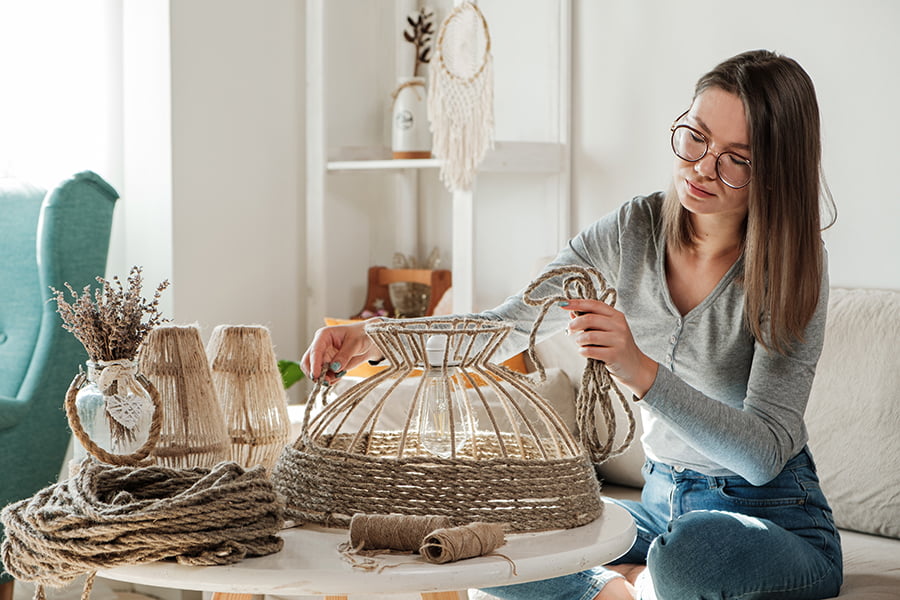
However, scheduling alone time in common areas is an effective way to create personal space without having to leave your home. This strategy involves setting specific times during the day or week where you have exclusive use of certain spaces within your home.
For example, if you share a living room with housemates or family members, consider designating certain hours as “quiet hours” where everyone agrees not to disturb each other’s activities. During this time, you can read a book on the couch or work on your laptop without any interruptions.
Alternatively, if there are particular areas of the house that are less frequently used by others (such as a spare bedroom), schedule some alone time for yourself in those spaces. You could even set up designated “personal corners” within these rooms and decorate them with items that make you feel comfortable and relaxed.
Scheduling alone time may require some negotiation with others who share your living space but communicating openly about what works best for everyone involved will help ensure success.
Encouraging Open Communication

It’s important to talk with your housemates or neighbors about your needs and expectations when it comes to personal space and boundaries. By having an honest conversation, you can work together towards finding solutions that work for everyone.
Start by setting up a time where you can all sit down and discuss any issues or concerns related to privacy. Make sure everyone has a chance to speak their mind without interruption, so that each person feels heard and understood.
During this discussion, be clear about what kind of privacy you need – whether it’s quiet time alone in your room or designated areas where others are not allowed without permission. Encourage others to share their own needs as well so that everyone is on the same page.
Setting Guest Rules in Shared Homes

Whether you have roommates or live with family members, guests can often disrupt the peace and quiet of your personal space. To avoid any misunderstandings or conflicts, sit down with your housemates and discuss what kind of guests are allowed in the house and when they’re welcome.
Some common guest rules include setting limits on how many people can visit at once, establishing curfews for overnight guests, designating specific areas where visitors are allowed to go within the home (such as not entering bedrooms), and requiring all visitors to be accompanied by their host at all times.
It’s also important to communicate these rules clearly with any potential visitors before they arrive so that there is no confusion about what is expected of them during their stay.
Using Noise-Canceling Headphones

Not only do they block out external sounds, but they also allow you to listen to music or podcasts without disturbing others around you.
Whether it’s the sound of traffic outside your window or noisy housemates watching TV in the next room, noise-canceling headphones can help create a peaceful environment for yourself. They are especially useful if you work from home and need to concentrate on tasks that require focus.
When choosing noise-canceling headphones, look for ones with high-quality sound and comfortable padding that won’t hurt your ears after prolonged use. Some popular brands include Bose QuietComfort 35 II and Sony WH-1000XM4.
Remember though; while these headphones may provide temporary relief from external noises, it’s essential not to rely on them entirely as an escape mechanism.
Utilizing Outdoor Spaces

Consider setting up comfortable seating arrangements or even investing in some outdoor furniture that will allow you to relax and unwind outside. You could also add some greenery with potted plants or create your own garden oasis for added privacy.
Another option is using your outdoor space as an extension of your indoor living area by adding curtains, shades, or screens for additional privacy. This will not only provide more seclusion but also protect from harsh sunlight during hot summer days.
In addition to providing personal space outdoors, utilizing this area can help reduce noise levels inside the house/apartment while still enjoying fresh air and natural light.
Privacy Through Short Trips and Getaways

Short trips and getaways can provide you with the much-needed alone time that you crave. Whether it’s a weekend getaway or just an overnight stay at a nearby hotel, getting away from home can help reset your mind and give you some peace of mind.
If budget is an issue, consider camping or staying in hostels as they are often more affordable than hotels. You could also look for house-sitting opportunities where you take care of someone else’s home while they’re away – this will give you access to another private space without having to pay for accommodation.
Remember that taking short trips doesn’t have to be expensive; even going on day hikes or visiting local parks can provide some solitude and relaxation outside of your usual living environment.
If all else fails in creating privacy within shared spaces at home, don’t hesitate to plan short trips and getaways as part of self-care routines. It may not solve everything but it provides temporary relief which helps one cope better when back into their shared homes again!
FAQ
What happens if you have no privacy?
If you have no privacy, you lose your ability to be yourself and form your own identity.
What makes a space feel private?
A space feels private when it utilizes soundproofing materials to block noise and create a quiet, secluded atmosphere.
How do I get privacy from my parents?
To get privacy from your parents, initiate a conversation by asking if they have been in your room and, if so, respectfully request more privacy.
What strategies can be used to create a private space within a shared living environment?
Using room dividers, designated areas, headphones, and personal storage solutions can help create privacy in a shared living environment.
How can communication help in establishing boundaries and improving privacy at home?
Effective communication helps establish boundaries and improve privacy at home by allowing family members to express their personal preferences and expectations in a clear, respectful manner.
What are some affordable modifications that can be made to improve privacy within a bedroom or living area?
Some affordable modifications to improve privacy within a bedroom or living area include installing curtains, blinds, or room dividers, as well as using privacy films on windows.
Recap:




